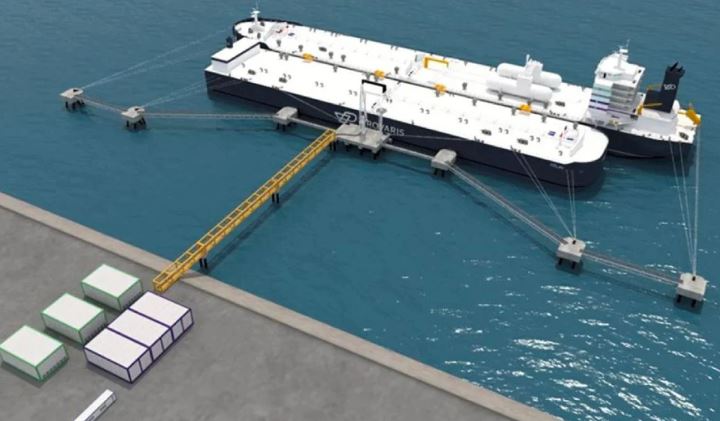Provaris Energy Ltd. has presented a concept design study confirming the cost-effectiveness and energy efficiency of its compressed hydrogen technology and supply chain. The study, published by managing director and CEO Martin Carolan, emphasizes the low energy and capital costs associated with its method of transporting hydrogen in gaseous form for regional marine transport.
The concept study evaluated a 540-megawatt capacity export site capable of producing 10 tonnes of hydrogen per hour and assessed the transportation over a 1,000-nautical mile distance within Europe using the H2Neo carrier. The results underscored the superior energy efficiency of transporting compressed hydrogen compared to converting it into ammonia.
Advantages Of Ammonia Conversion
Garry Triglavcanin, Provaris Energy’s product development director, highlighted the efficiency of their compression method, remarking on the detailed costings and equipment selection provided by the Compressor OEM. He stated that the findings affirmed the advantages of compression, including higher volume delivery, reduced capital expenditure (capex), and improved financial returns for producers, all while maintaining a competitive cost for customers.
The study revealed that the energy required for storage and loading compression is approximately 1.5 kilowatt-hours per kilogram of hydrogen and just 0.2 kWh for unloading. These figures indicate that only 2.8% of the total site power would be consumed by compression activities, leaving 97.2% available for hydrogen production through electrolysis. Comparatively, the energy demand for ammonia conversion is about five times greater, significantly reducing the efficiency of the process.
Greater Hydrogen Delivery Levels
The compressed hydrogen process shows greater energy efficiency and enables higher net hydrogen delivery volumes over time. The study highlighted the significant advantage of their method, which results in little to no hydrogen loss. As a result, 87,600 Megawatts of the available 90,000 MW can be converted into saleable hydrogen, considerably lowering delivery costs.
Provaris Energy is optimistic about the future of its technology, given the growing demand for hydrogen in Europe. With Germany’s projected requirement of 1.5 to 3 million tonnes of hydrogen per year by 2030, Provaris’ strategic partnerships and efficient technology position them advantageously in the market.





